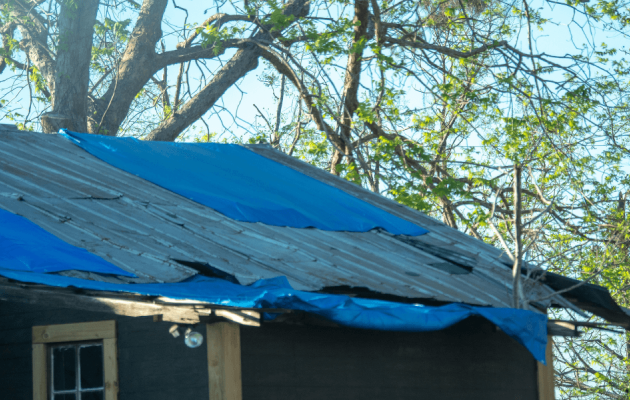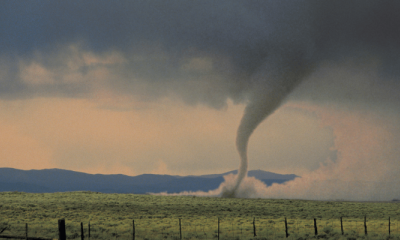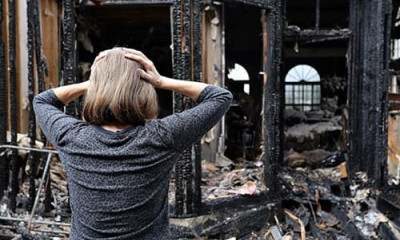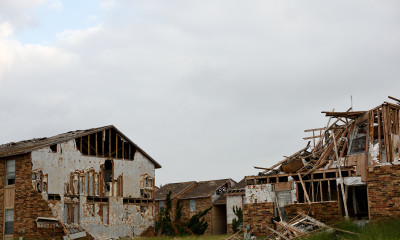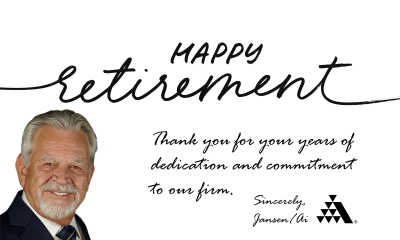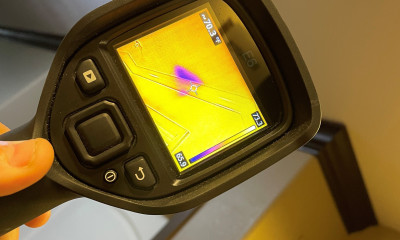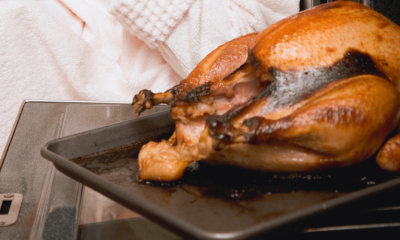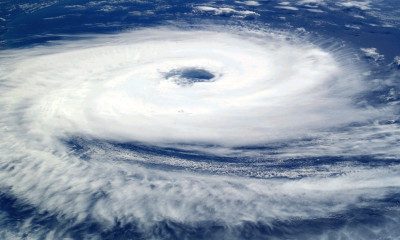Things You Shouldn’t Forget When Filing Your Homeowner Insurance Claim
When disasters strike in Texas — and they do — homeowners and property owners are likely to face stress during the aftermath. It is understandable — they're facing a potential tremendous financial loss! Usually, one of their first actions is to contact their insurance company — most times, it is their agent.
Imagine an insurance claims office during a disaster — phones are ringing off the hook, customers are panicking, and the email inbox is full. Insurance company representatives are pushing to their limits trying to provide their customers with immediate service, including answering questions about your policy and your claim. As a result, you may not be as informed as you would like to be. If so, here are items to remember when filing your homeowner property damage insurance claim:
Safety Comes First, but You Must Prevent Further Damage to an Insured Property
It should go without saying that if there is a hurricane, fire, flooding, or other property damage to your home, your first priority is the life and safety of the residents. After that, it's your responsibility to mitigate property damage when you can.
For instance, imagine wind damage knocks a tree limb through your living room windows. It's a good thing you're home! Assuming no one is injured, you should:
- Keep kids and pets away from the broken glass
- Take pictures and/or video of this entire process — the tree limb, the glass, the tarps you hang up and so on
- Clean up the glass as much as possible
- Remove standing water
- Put a tarp or other barricade over the window to prevent water damage to your carpet, furniture and belongings. In addition to tarps, you may need to buy sandbags, duct tape, and a wet/dry “shop vac.”
Keep All Receipts Related to Your Insurance Claim, Take Pictures of Them with Your Phone
Document and keep track of any expenses incurred to mitigate the damage, by holding onto receipts if possible and uploading them to the cloud to have a digital record.
These receipts prove that you're actively preventing further storm damage to the property. Your homeowner's insurance provides coverage for those expenses.
We know that organizing receipts may feel like the least of your worries during a disaster. Still, they help your claims adjuster understand what happened and to provide documentation for the insurer — helping you to prove your claim and ultimately receive the best possible settlement.
Let's fast forward a few days as the storm blows on:
- Power is out on your block, and some roads are blocked off entirely
- The home — with tarped front window and no electricity — is cold and unsafe
- You spend a few nights at a local hotel, eat takeout, and buy a toothbrush and hairdryer
- Keep those receipts too! Most homeowner's insurance policies will cover these expenses
Finally, it's time to meet the claims adjuster and go over your losses. Many homeowners are surprised by the need for them to take an active role in this process: providing pictures, videos and receipts. The adjuster or his/her contractor will prepare a scope of loss and an estimate of the damage.
But what if you disagree with the claims adjuster's valuations?
As a Texas homeowner, you have other options.
Texans Have the Right to Contact a Public Adjuster
Understand that company-employed insurance adjusters work for the insurer. It's their job to keep claims costs down. Here in Texas, you have a right to hire a public adjuster to deal with the insurance company on your behalf. A public adjuster will help you document, evaluate, negotiate, and settle your property damage insurance claim while relieving stress and helping you receive a correct and fair settlement.
At Jansen/Adjusters International, we work with homeowners, not against them. Our mission is to provide accurate claims information and help Texas homeowners be made financially whole after a disaster. If you need help with an undervalued homeowner's insurance claim, let's talk.

